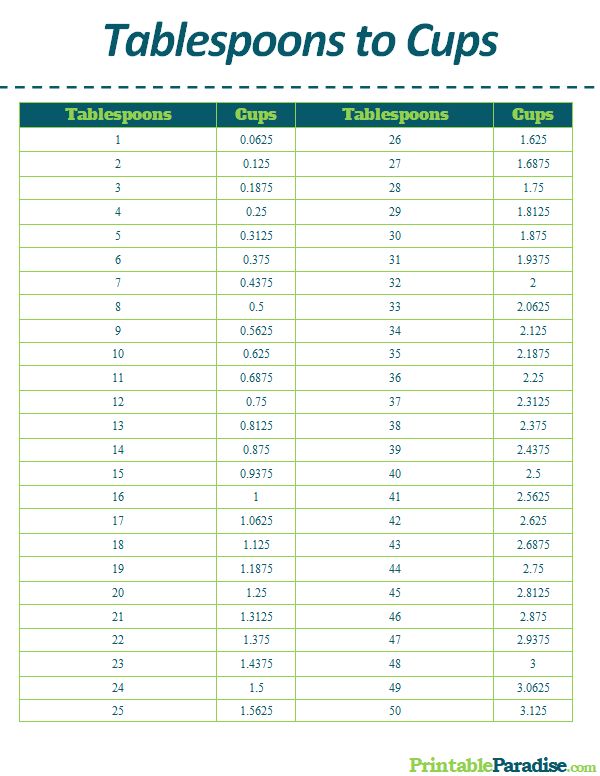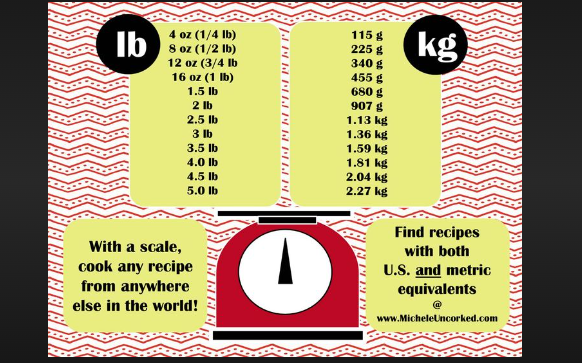Understanding the Conversion: How Many Cups Are in a Kilo?
In cooking and baking, accurate measurements are crucial for achieving desired results. Understanding the conversion between different units of measurement is essential to ensure precise and consistent outcomes. One common question that arises is, "How many cups are in a kilo?" In this article, we will explore this conversion and provide insights to help you navigate culinary measurements with ease.

Tablespoons to cups
1. The Basics of Measurement:
Before diving into the conversion, let's review the basics of measurement in cooking. Cups and kilograms are two commonly used units in the culinary world. Cups are a volume measurement, while kilograms are a weight measurement. It's important to distinguish between the two when converting between cups and kilograms.
2. Understanding the Conversion Factors:
The conversion between cups and kilograms can vary depending on the ingredient being measured. Different substances have different densities, which affects their weight-to-volume ratio. For example, the conversion for flour may be different from that of water or sugar. Therefore, it's crucial to consider the specific ingredient when converting between cups and kilograms.
3. Conversion for Common Ingredients:
To provide a general guideline, here are some common ingredient conversions from kilograms to cups:
- Flour: Approximately 1 kilogram of flour is equivalent to about 8 cups.
- Sugar: One kilogram of granulated sugar is roughly equal to 4 ½ cups.
- Water: A kilogram of water is approximately equal to 4 cups.
Remember, these conversions are approximate and can vary depending on factors such as the density and texture of the ingredient. It's always best to refer to specific recipes or trusted conversion charts for precise measurements.
4. Using Conversion Tools and Charts:
To simplify the conversion process, there are various conversion tools and charts available online and in culinary references. These resources provide comprehensive conversion factors for a wide range of ingredients. Utilizing these tools can save time and ensure accurate measurements when converting between cups and kilograms.
5. Adjusting Recipes for Accuracy:
When working with recipes that use cups or kilograms as measurements, it's important to use the appropriate measuring tools and techniques. A good practice is to measure ingredients by weight whenever possible, as weight measurements offer greater accuracy. However, if a recipe specifies cups as the measurement, it's crucial to use standardized measuring cups for consistency.
6. Embracing Flexibility and Experimentation:
While conversions provide a helpful guide, it's essential to remember that cooking and baking are also creative processes. Personal preferences, desired outcomes, and regional variations can all influence measurements and ratios. Embrace the flexibility to adjust recipes according to your taste and experience. Experimentation is key to finding the perfect balance of flavors and textures.

Lb and kg
Understanding the conversion between cups and kilograms is a valuable skill in the culinary world. While there is no one-size-fits-all conversion factor, having a general understanding of the conversions for common ingredients can assist you in your cooking and baking endeavors. Utilize conversion tools and charts, adjust recipes for accuracy, and embrace your creativity to achieve delicious and satisfying results. Whether you're a seasoned chef or an aspiring home cook, mastering these conversions will enhance your culinary skills and bring precision to your kitchen adventures.